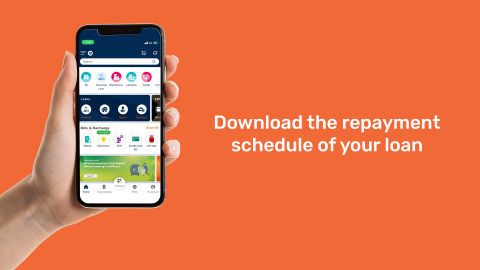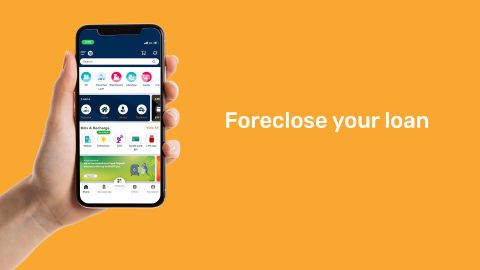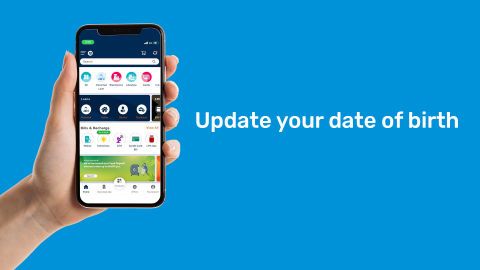Car loans play a pivotal role in enabling individuals to realise their dreams of owning a vehicle without having to pay the full cost upfront. Bajaj Finance has made availing of car loans easier with its loan products – used car loans and new car finance. If you’re planning to buy a pre-owned vehicle you can go for our used car loan or choose new car finance if you wish to buy a brand-new car.
Like any other loan, when you choose a car loan, you have to repay it in equated monthly instalments (EMIs) over a fixed period of time. These EMIs are deducted from your registered bank account on a pre-set date and usually comprise the interest and the principal amount. However, there are other repayment methods using which you can repay your car loan faster and become debt-free early. One such option is loan foreclosure. Foreclosing a car loan typically means paying off the remaining balance on the loan before the agreed-upon term.
How to calculate foreclosure?
Check the outstanding principal: Determine the remaining principal amount on your car loan. This is the amount you owe before any interest or penalties.
Review the foreclosure charges: Lenders typically impose a foreclosure fee, usually a percentage of the outstanding principal. Check your loan agreement or contact the lender to find out the exact percentage.
Include prepayment penalties: Some lenders may also charge a prepayment penalty if you pay off your loan before the end of the term. This is in addition to the foreclosure charges.
Calculate the total payoff amount: Add the outstanding principal, foreclosure charges, and any prepayment penalties to determine the total amount required to foreclose the loan.
Request a foreclosure statement: To avoid any errors, ask your lender for an official foreclosure statement, which will detail the exact amount you need to pay to close the loan.
What car loan documents will the borrower receive from the lender upon foreclosure?
No Objection Certificate (NOC): This is a crucial document stating that the lender has no objections to the loan being fully repaid. It confirms the end of the lender’s interest in your car.
Loan closure certificate: This certificate serves as proof that the loan has been fully repaid and closed. It is essential for your financial records.
Lien removal letter: If a lien was placed on the car, the lender will provide a letter instructing the removal of the lien, thus transferring full ownership to you.
Original documents: Any original documents that were submitted to the lender as collateral, such as the RC book (Registration Certificate) or insurance papers, will be returned to you.
Statement of account: This document provides a detailed history of your loan account, including payments made and the final settlement.
Form 35: This form is issued by the lender to the RTO to remove the lender's name from the car's registration records.
If you’ve opted for any of Bajaj Finserv car loans, you can foreclose your loan from the comfort of your home by logging in to your account with Bajaj Finserv using your registered mobile number.
You can follow these simple steps to close your ongoing car loan with us.
- Click on the ‘Sign-in’ button on this page to go to your account.
- Enter your registered mobile number and the OTP to sign-in.
- Verify your details by entering your date of birth and proceed.
- Select the loan account, which you want to foreclose.
- Select ‘Foreclosure’ from the list of options.
- Enter the required details, review the additional charges if applicable and proceed to pay.
You can also foreclose your car loan by downloading the Bajaj Finserv app. Visit the Play Store or the App Store and install our app today.
It’s advised to go through your loan agreement before you decide to foreclose your loan. Your agreement has details of the applicable terms and conditions and foreclosure fees.




